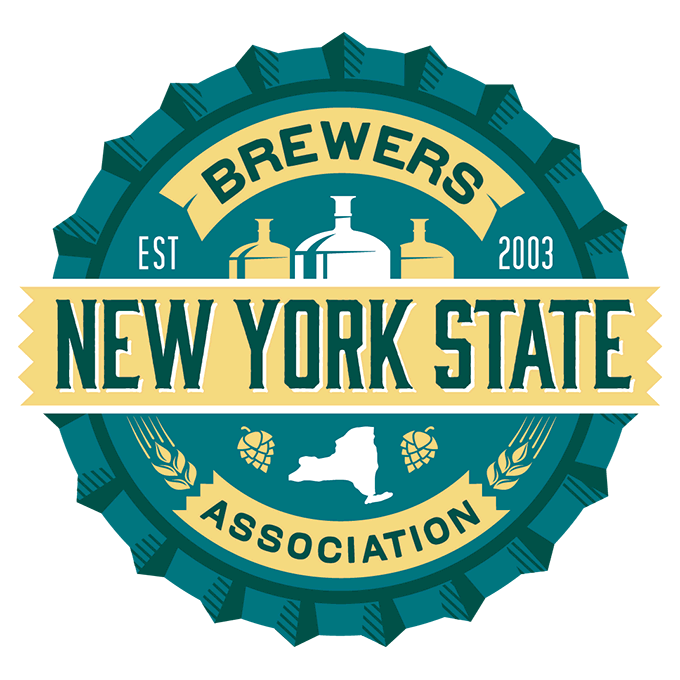
Marketing is ALL about interaction and creating a personal connection with your audience. Storytelling takes you places. What better place than to do this than the craft beverage industry? Some of the most interesting and unique stories come straight from brewers. From selling beer out of a van to driving a boat around the lake to drop off that fresh batch of home brewed greatness. These are stories that resonate with customers and sell beer.
Step 1: What are your brand values?
Consumers want to connect with brands on a personal level. Transforming your values and ethics into an engaging story will begin to generate this personal connection with your audience. Whatever they are, each of your values should be deeply integrated into your business, your branding and all content you publish. YOU have the opportunity to consistently place your messaging in front of your audience via print and online channels. Yes, this has led to a marketplace much more cluttered with ads, but those who can leverage their values, ethics and offerings into an engaging story will set themselves up for success. You care. People care.
Step 2: Who is your target audience?
After you’ve developed you brand values and crafted your core message (you might also refer to this as a “Mission Statement”), you may have an even better idea of who will connect with them as far as potential customers. If this message directly aligns with your current target audience you’re in great shape. If not, no biggie, you can tweak things to make sure they better align. Use your current customer data and future goals to determine whether to double down on an existing target audience or connect with a different one. Speak the language your customers speak. If your customers all speak different languages, speak to each of them in a way that they will connect most with them.
Step 3: What differentiates you from your competition?
No brewer tastes a beer for the first time and says, “Hey I’m going to brew that same beer at my brewery!” Your brand positioning should be treated the same way. Maybe your local market is crowded with brewpubs. Or maybe there’s already a brewery hosting a well known IPA festival. If you’re not unique it may be extremely difficult to build a following and generate customers already committed to other brands. So do your research and determine how you will stand out from the crowd. These are some of the most important aspects to your brand positioning as they are factors will help you to generate or even become your key selling points. Combine these factors with your core values, and you’re on your way.
Step 4: How does visual identity relate to all this?
All the information you’ve developed up until this point should be reinforced by your visual identity. You want your visual branding to match your customer’s interests, values, and fit this identity to match what appeals to them. You can love your logo all you want, but if your target audience doesn’t think of it as appealing as you do, then you’re in trouble. The same concept applies to your labeling and packaging, as well as advertising for an event. If your primary audience is beer geeks, you need to create an identity that appeals to them. There are many types of beer drinkers. Don’t treat them as if they were all the same. A brand perception is one of the hardest things to change once created. YOU have the control to create the identity you desire.
Case Study: Paradox Brewery – Rebrand
Step 5: Do you have a content marketing strategy?
Once you have all these pieces developed then comes the time to implement them into your daily marketing efforts. Every single marketing and advertising piece with your name and brand identity on it should evoke emotion and use a consistent voice. If it doesn’t, you could be sending mixed messages to your audience. Begin to develop a strategy choosing channels, timeframes, goals and budgets. Then let the creative juices flow as you’re on your way to engaging and interacting with your customers.
Case Study: Adirondack Wine & Food Festival – Event Marketing
Does any of this seem exciting to you? We think it is! Give us a shout, and we’ll answer any questions you may have. While you have a moment check out some of our past work!